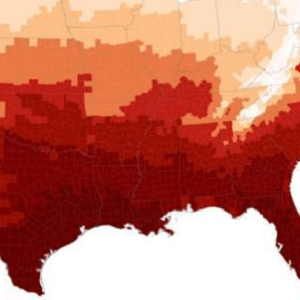A recent study by the Silent Spring Institute has revealed a disturbing trend in American water quality, with nearly one-third of the population exposed to unregulated contaminants in their drinking water. The research, published in Environmental Health Perspectives, uncovered significant racial disparities in exposure to these potentially harmful substances.
The study analyzed data from 4,815 public water systems, serving 97 million people, collected by the Environmental Protection Agency between 2013 and 2015. Researchers found that 27% of these systems reported detectable levels of at least one concerning chemical. Among the identified contaminants were 1,4-dioxane, a probable human carcinogen, and PFAS, known as “forever chemicals,” which have been linked to serious health issues including cancer and thyroid disease.
Perhaps most alarming is the disproportionate impact on minority communities. The study revealed that areas with higher percentages of Hispanic and Black residents were not only more likely to have unregulated chemicals in their drinking water but were also more frequently located near pollution sources such as wastewater treatment plants and industrial sites.
Lead author Aaron Maruzzo emphasized the consistency of this pattern, stating, “Our findings show that the percentage of Hispanic and Black residents in a community is a consistent predictor of poorer water quality.” The researchers noted that these disparities could not be attributed solely to income or other socioeconomic factors, suggesting that systemic issues like racism and historical redlining practices play a significant role.
The study builds upon previous research by the Silent Spring Institute, which identified higher levels of nitrates and PFAS in water systems serving communities of color. While the EPA has recently announced drinking water standards for six PFAS chemicals, advocates argue that more comprehensive measures are necessary to address the widespread contamination.
As Laurel Schaider, senior scientist at Silent Spring Institute, pointed out, “We need to do a better job at protecting source waters and reducing discharges of pollutants into water bodies that feed into our drinking water supplies.” The findings underscore the urgent need for stronger federal regulations and targeted resources to mitigate health disparities and ensure safer drinking water for all Americans, particularly in communities of color that have been disproportionately affected by this hidden threat.
See: “Nearly One-Third of Americans Face Unregulated Contaminants in Water, Hispanic, Black Communities Hit Hardest” (January 15, 2025)



